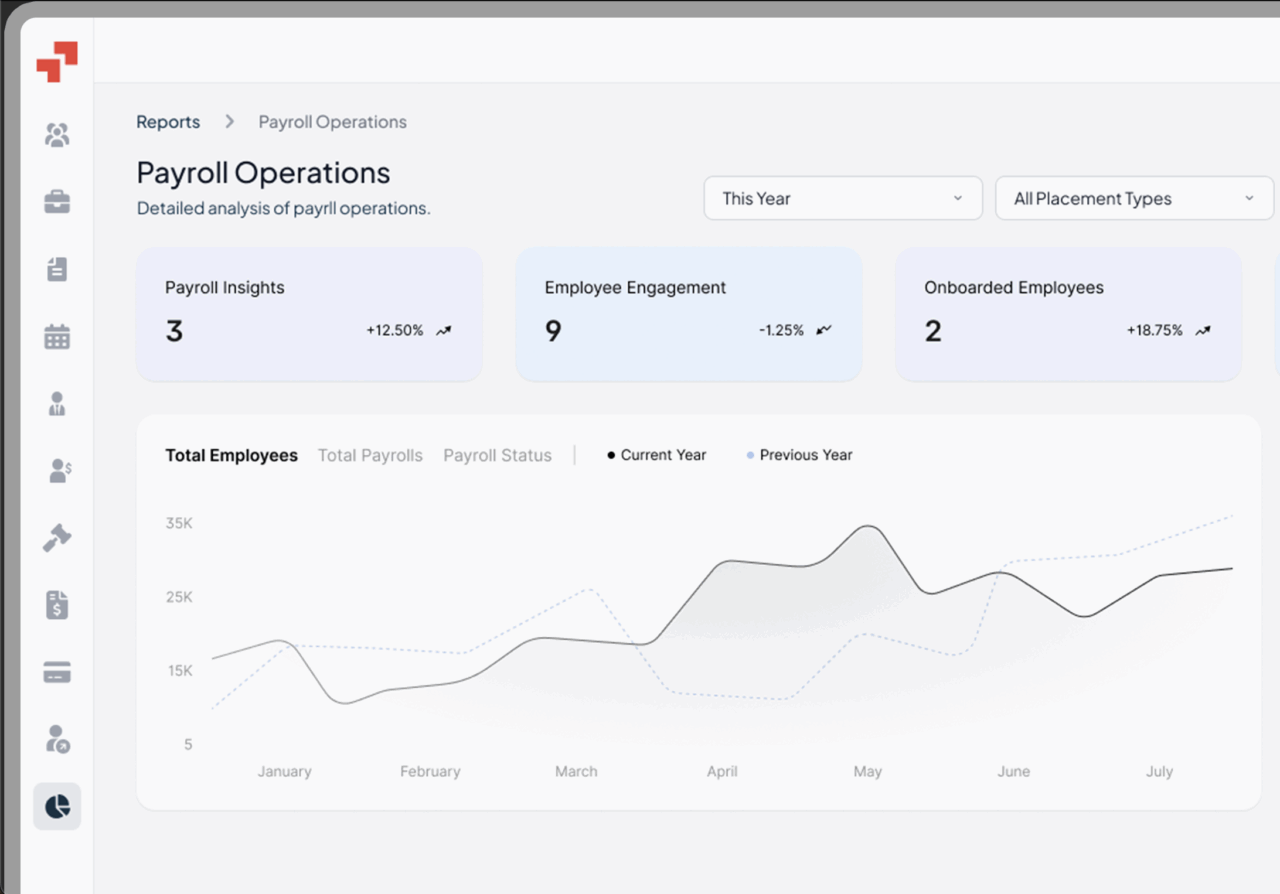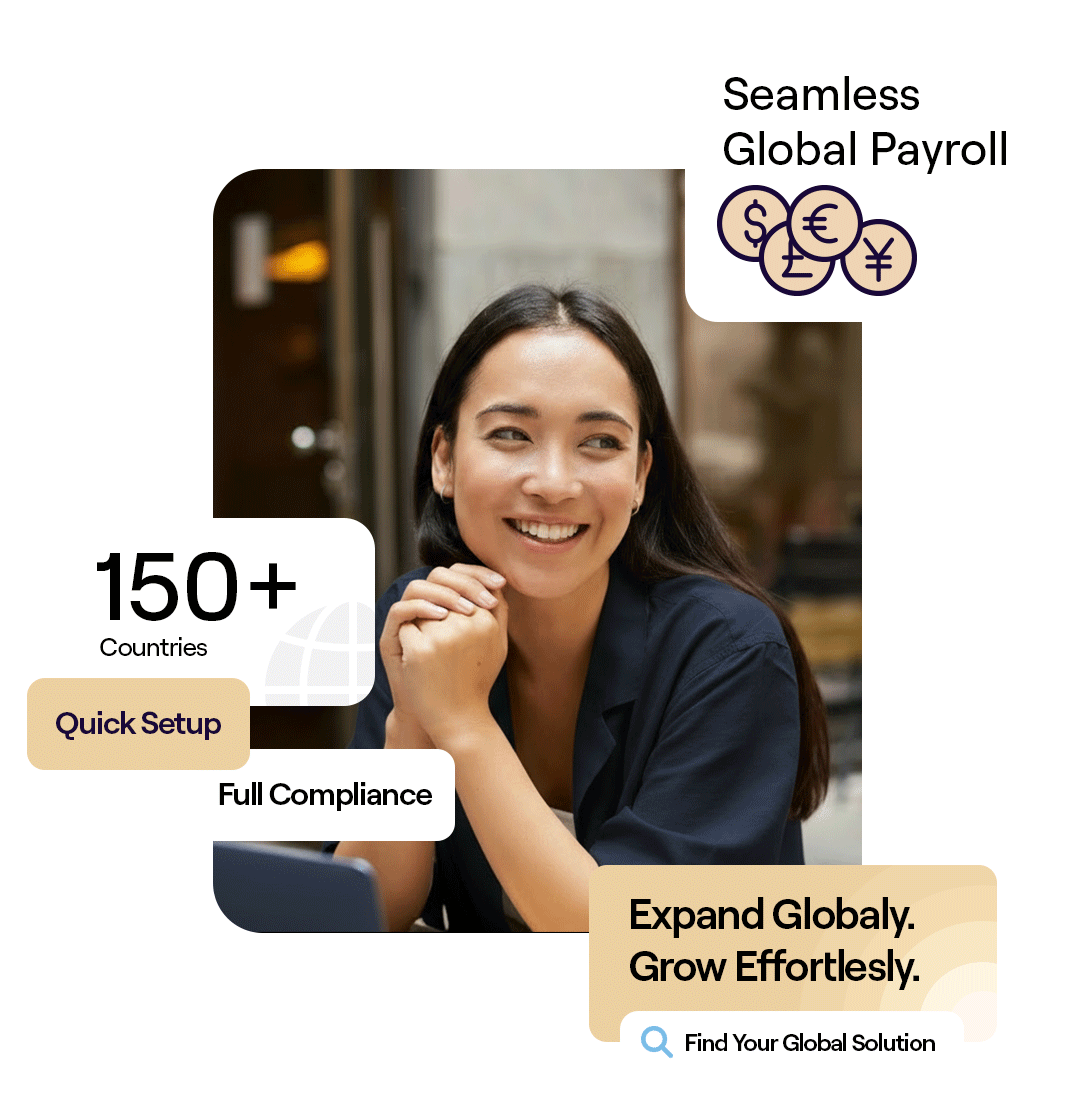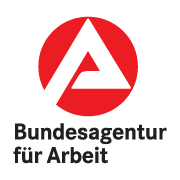Global Workforce GlossaryTalent Density
Related Terms
Hire Globally
Employer Branding Specialist
Learning and Development
Upskilling and Reskilling
Career Mobility
What is Talent Density ?
Talent density refers to the concentration of high-performing, high-impact individuals within a company’s workforce. It’s not just about the number of employees it’s about the quality per headcount. A company with high talent density has a higher proportion of top performers who contribute meaningfully to business outcomes, innovation, and culture. Compared to average employees, high performers drive significantly better organizational outcomes and foster greater innovation.
In other words, talent density = the ratio of talent quality to team size. Most organizations tend to focus on traditional metrics like headcount and performance ratings, which can hinder the development of high talent density. To address this, organizations can use talent density measures to quantify and track the quality of their workforce over time.
Organizations like Netflix and Atlassian popularized the term, emphasizing that a small team of exceptional people with high talent density outperforms larger teams with mixed capabilities. The Netflix culture, in particular, is known for its focus on talent density, candor, and empowerment, fostering an environment where continuous feedback and high performance are prioritized.
Table of Contents
- What is co-employment?
- What are co-employment laws?
- Why is co-employment a risk?
- What are co-employment rules
- Co-employment do’s and don’ts
- How does co-employment work?
- What is the difference between co-employment and joint employment?
- Co-employment vs PEO
- Co-employment vs employee leasing
- Is co-op considered a full-time employee?
- Is it illegal to work for two jobs in the same industry?
- Co-employment examples
- Practical Case Study Example
- PamGro and Co-employment: Your Global Partner
Why Talent Density Matters for Business Growth?
Talent density directly influences a company’s velocity of growth, innovation capacity, and market resilience.
Here’s why it matters:
- Higher productivity per employee – High-talent teams and high density teams execute faster with fewer layers of management, driving greater productivity and innovation.
- Better decision-making – When everyone on the team is capable, collaboration becomes more strategic and less corrective.
- Stronger culture – High-talent environments attract and retain similar high-performers, creating spaces where high performers thrive through autonomy, collaboration, and shared goals.
- Sustainable scaling – Growth driven by quality over quantity ensures efficiency and lower turnover.
Additionally, talent attracts more top talent, creating a virtuous cycle of continuous improvement and cultural enhancement.
In short, talent density is the hidden multiplier behind organizational performance, elevating the effectiveness and results of the entire team.
How to Measure Talent Density?
While there’s no universal formula, companies typically measure talent density by combining performance metrics, skill data, and impact indicators rather than simply counting just how many people are on the team. Performance evaluations, including review data and 360° feedback, are also essential for accurately assessing talent density.
Key metrics for measuring talent density include:
- Performance ratings
- Skill assessments
- Impact scores
- Productivity benchmarks, such as revenue per employee or high-performer ratios
It’s important to continuously monitor talent density using analytics platforms and KPIs to track performance, engagement, and retention, ensuring your workforce remains competitive and adaptable.
Key Talent Density Metrics
- Organization’s talent density – Track the proportion of high-performing employees within the workforce as a key metric for organizational health and performance.
- Performance distribution ratio – % of high performers, including top performers, vs. total employees
- Output quality per headcount – Revenue, customer growth, or innovation outcomes per employee
- Retention of top talent – Turnover among high-performing cohorts
- Cultural alignment scores – Peer and leadership evaluations of contribution and collaboration
- Learning velocity – Rate at which employees upgrade or expand their skills
- Key skills assessment – Evaluate the presence and development of key skills that drive innovation and efficiency within the team
Tools for Assessing Talent Density
- People analytics platforms (e.g., CultureAmp, Lattice, 15Five) for tracking performance and engagement, including gathering feedback from direct reports as part of the assessment process
- AI-powered skill mapping tools to analyze workforce strengths and capability gaps, leveraging machine learning for predictive analytics in talent assessment
- Structured interviews as a rigorous, multi-stage method for evaluating candidates’ skills, work style, and organizational fit to maintain high talent density
- HRIS dashboards to compare global team talent quality across markets
How to Increase Talent Density
To increase talent density, organizations should raise the average quality of their workforce by actively managing and seeking to improve talent density — not just hire more people.
Effective strategies include:
- Selective hiring: Recruit only top-fit candidates for both skill and culture through a rigorous hiring process that goes beyond traditional job titles and prioritizes new ideas skills. Seek candidates who bring new ideas and innovative thinking to the team.
- Performance-based retention: Reward and retain top performers while managing out chronic underperformance through robust performance management practices. Use performance improvement plans to provide clear paths for development, and be prepared to make tough decisions about reassignments or terminations if necessary.
- Upskilling programs: Invest in leadership and capability-building to elevate existing teams, including offering stretch assignments that challenge employees and foster growth.
- Cross-border hiring: Tap into global talent pools through EOR partners like PamGro, giving access to skilled professionals across markets without entity setup. Leverage strategic workforce planning to align talent acquisition with organizational goals.
- Culture of candor: Encourage transparent feedback and accountability hallmarks of high-talent environments. Operating with small teams can further foster high talent density, agility, and innovation.
Additionally, organizations should distribute pay based on individual contribution within a performance framework that rewards high performers.
Building talent density is an ongoing process involving continuous assessment, employee development, and data-driven decision making to enhance organizational performance and resilience.
Measuring and improving the organization’s talent density is essential for driving innovation, efficiency, and long-term success.
Critical Insights and Human Interaction
Building and maintaining high talent density is as much about understanding people as it is about measuring performance. Team dynamics play a crucial role in how top talent collaborates, innovates, and achieves results. Organizations that prioritize human interaction encouraging open communication, empathy, and creative problem-solving create environments where talented employees can truly thrive.
Critical insights into employee engagement, motivation, and development are essential for sustaining high talent density. By regularly assessing team members’ needs and aspirations, companies can identify skill gaps and provide continuous learning opportunities that keep high performers challenged and engaged. This proactive approach not only helps retain top talent but also ensures that the organization remains adaptable and resilient in the face of change.
Talent density matters because it directly influences customer satisfaction, brand reputation, and overall company performance. High performing employees deliver better results, inspire their peers, and contribute to a positive workplace culture that attracts even more top talent.
By valuing human creativity and fostering strong connections among team members, organizations can build talent density that drives long-term success and sets them apart in the marketplace. Monitoring key metrics and acting on critical insights ensures that talent remains a strategic asset, fueling growth and innovation for years to come.
Talent Density Across the Globe
Talent density varies widely across regions due to differences in education, innovation ecosystems, and workforce maturity.
- North America & Western Europe – High talent density in tech, finance, and R&D sectors, with a strong concentration of talented people driving innovation and performance.
- India & Southeast Asia – Rapidly growing talent hubs with strong engineering and digital skills.
- Eastern Europe & LATAM – Emerging high-density zones for software development and design talent.
Global companies increasingly blend these regions to optimize cost and capability using Employer of Record (EOR) solutions like PamGro to compliantly hire top talent anywhere while maintaining high talent density across borders. This approach enables the formation of high density teams that leverage the strengths of talented people from multiple regions.
When building global teams, it’s important to consider more than just how many people are on the team; focusing on talent quality and the overall impact of the entire team leads to better outcomes.
FAQs
How to calculate talent density?
Talent density is calculated as the proportion of high-performing employees relative to total team size. While there isn’t a single universal formula, a practical approach is:
Talent Density (%) = (Number of Top Performers ÷ Total Employees) × 100
Steps to calculate:
- Define “top performer” – Use performance reviews, output metrics, or peer ratings.
- Count high-performing employees – Include only those who consistently exceed expectations.
- Divide by total workforce – Gives the proportion of top talent.
- Multiply by 100 – Express as a percentage for easy benchmarking.
Optional refinement:
- Weight by revenue contribution, project impact, or skill criticality.
- Use tools like HR analytics platforms or EOR dashboards (e.g., PamGro) to measure talent density across global teams efficiently.
What is talent density on Netflix?
Netflix popularized the concept of talent density in their corporate culture. At Netflix:
- High talent density = high-performance culture – Only the most capable and aligned individuals are retained.
- Policy of “adequate performance is not enough” – Employees must excel; average performance is phased out.
- Focus on impact and innovation – Teams are small, autonomous, and staffed with top-tier talent to maximize decision-making speed.
- Result: Netflix achieves greater productivity per employee, faster innovation, and a strong, resilient culture.
Netflix’s approach shows that talent density isn’t just about hiring—it’s about constantly optimizing team quality.
Hire the Best Talent, Anywhere






